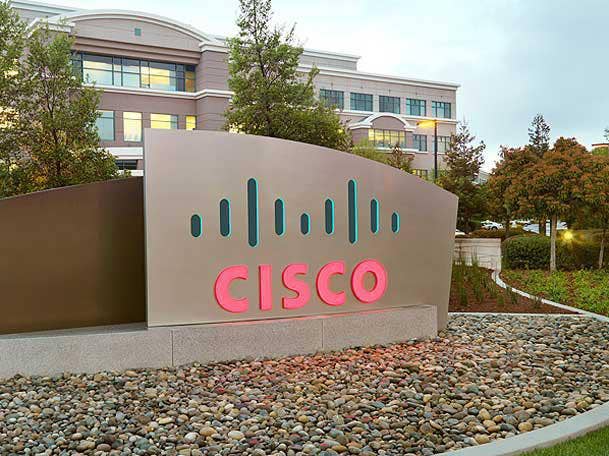Cisco Partner Experience Platform Will Cut 100-Plus Separate Tools
The biggest changes to the tech giant‘s partner program structure in more than a decade will help Cisco partners go after lifecycle and everything as-a-service opportunities.

Cisco Channel Chief Oliver Tuszik last year at Partner Summit introduced the concept of whittling down the 166 disparate tools to a single, unified platform for partners. This year, Tuszik and his team are making good on their plan.
Cisco‘s partner organization has so far reduced the number of tools and dashboards for partners by more than 35 percent -- eliminating more than 40 tools so far in an effort to “clean house” and transition from a tool-based approach, to a platform-based approach, José van Dijk, vice president of Performance and Partner Operations within Cisco’s Global Partner Organization, told CRN.
And that‘s just the beginning. The tech giant took to Cisco Partner Summit Digital 2020 to pull the sheet off of its new Partner Experience Platform (PXP), a single source to help the channel plan, land and renew deals, view incentives and certification information, and even collaborate with fellow Cisco Partners.
[Related: New Cisco Webex Features Promote Productive Remote Meetings, Safe Return To The Conference Room]
“Instead of all the vertical tools we had that were not connected, we build this platform experience,” van Dijk said. ”We made sure we are connecting processes and made sure that anything that is redundant or can be collapsed, we collapse, without impacting capabilities.”
The result is the new, first of its kind digital PXP that offers one stop for partners to conduct day-to-day business, as well as insights and information to help partners transform their businesses and prepare for future customer requirements, van Dijke said. The platform is being initially launched with seven functions: enablement, renewal, registration, collaboration, communication, incentive, and performance.
Later in 2021, four more functions will be rolled out onto PXP: acceleration, or demand generation, benchmarking, CX cloud, and planning. As more functions are added to PXP, the corresponding tool will be retired, San Jose, Calif.-based Cisco said.
“The connection between all these different capabilities … it will help to drive simplicity, productivity, growth, and profitability,” van Dijke said.
Long View Systems, a longtime Cisco partner that has been involved in the beta testing process and co-designing phase of the new PXP, called the new platform a “giant leap forward” that so far given partners time back, and it‘s only in phase one, said Kent MacDonald, senior vice president of strategic alliances for Calgary, Alberta-based Long View Systems.
“Cisco had a tool for everything and it made it very cumbersome and challenging at times to really get a feel for your business,” he said. ”Now, we‘ll have a one-stop shop to get a pulse on the business, how you’re performing, and really tracking your profitability.”
MacDonald was involved in a workshop during the 2019 Cisco Partner Summit to give the company feedback for the creation of the PXP. “To be at this partner summit and have it in-hand – it‘s phenomenal and shows that Cisco heard, listened and delivered,” he said.
For the enablement piece, the PXP will present outbound news and information that partners need to know right on the homepage in an effort to pare down the amount of information that Cisco regularly shares with its partner community. Partners will also be able to see all their company and individual employees‘ certifications and specializations and their expiration dates, said Kashif Abbasi, senior director, partner sales acceleration for Cisco’s Global Partner Organization.
Moving from enablement to performance, partners will have a view of bookings and rebate information by region, or software or service area, Abbasi said. “Partners will really have one 360-degree view of their business, whether its enablement, bookings, renewals, collaboration, software and services,” he said.
One area partners really wanted the PXP to zero-in on was the software area so they could look more closely at their software businesses, Abbasi said.
In fact, the PXP platform will help empower partners to zero-in on software and subscriptions to match Cisco‘s recent focus on shifting its portfolio in favor of an everything as a service model, Abbasi said.
“PXP is very flexible and we are already looking at how we can scale the new business models, whether it‘s [software as a service] SaaS or Cisco as a service -- that‘s part of the DNA of the platform,“ he said.
Cisco will be able to eliminate partner tools by another 10-15 percent just by launching the new PXP platform, Abbasi said. “The job isn‘t done,” he added.
The PXP, which is still in beta with a small group of Cisco partners, will be generally available to Cisco‘s partner community on Nov. 30.